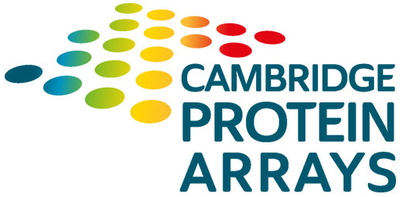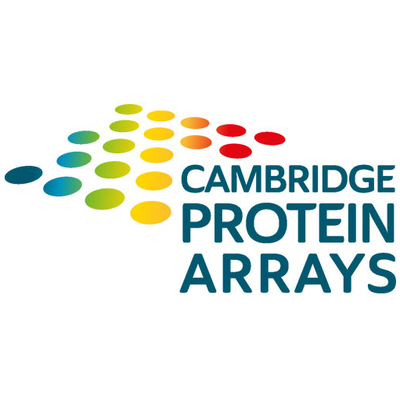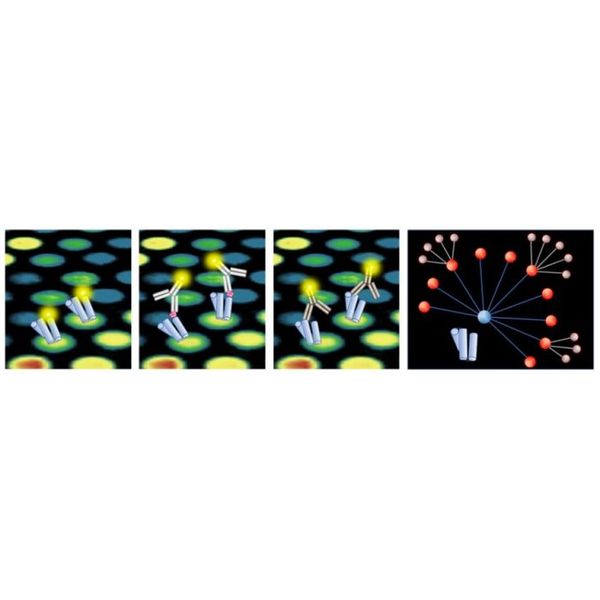

- Home
- Companies
- Cambridge Protein Arrays Ltd. (CPAP)
- Applications
- Proteome array screening solutions for ...

Proteome array screening solutions for protein-protein interactions sector - Medical / Health Care
Determine the interactome of your favourite protein. HuProt arrays provide a primary platform for screening proteins for binary interactions with the world`s largest collection of human proteins immobilised on a single microarray. Over 20,000 potential interactions are assessed in a single experiment. Array screening facilitates detection of interactors with low abundance in cellular systems. Combined with other data, the array output can confirm known interactors and discover new ones, illuminating the protein interaction network, identifying unexpected pathway involvement, as well as disease associations and potentially druggable targets. Novel identified interactors can be validated subsequently in alternative systems.
In carrying out a protein interaction screen on HuProt human proteome arrays employing a fluorescence readout , a fluorescent label needs to be conferred on the protein of interest to detect the binding. For this, the protein of interest may be either:
- directly labelled with a fluorophore,
- biotinylated for detection by fluorophore-labelled streptavidin,
- tagged with an epitope for detection by an anti-tag antibody (which is either itself fluorophore-labelled or detected by a labelled secondary antibody),
- or unmodified for detection by a specific antibody (which is either itself fluorophore-labelled or detected by a labelled secondary antibody)

Left and Mid panels: Three options for on-array detection are illustrated. Right hand panel: after appropriate data processing and analysis, the binary interaction partners identified in the screen (red) may be further linked to connected interactions (white) derived from independent data or literature, to integrate the protein within its interactome network.
